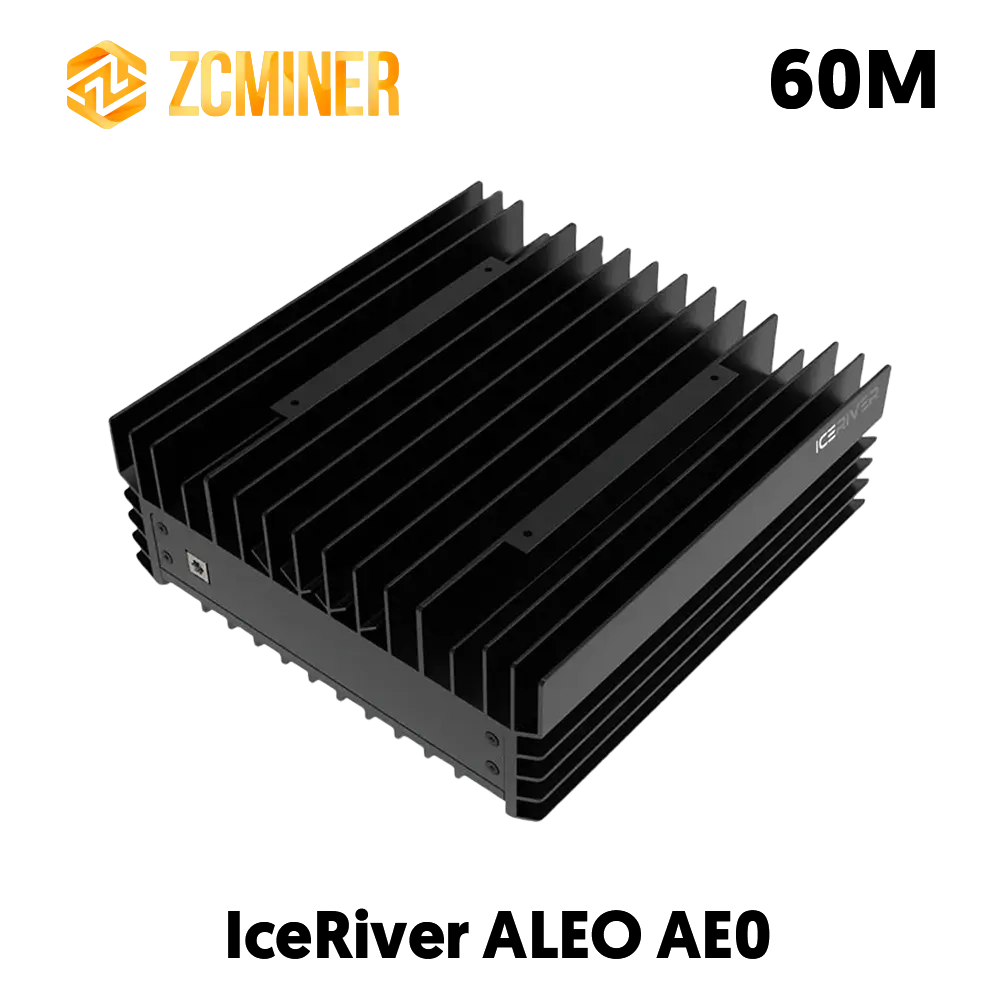Project Background and Development History
Pi Network was launched by a team of Stanford University PhDs in March 2019 ("Pi Day"), positioning itself as a "mobile mining" cryptocurrency. Initially, Pi allowed ordinary users to earn Pi coins by simply tapping a button daily via a mobile app. The Android version was launched in May 2019. On December 28, 2021, Pi Network launched its closed mainnet (internal transfers only), but it remained firewall-protected for external users. The project announced that it would launch its open mainnet in 2024 when certain conditions were met, and it was officially opened on February 20, 2025, enabling cross-chain transfers. During this period, the number of registered users grew rapidly, and the official claim stated that the user base exceeded 60 million, although there was some controversy regarding the actual number of active users.
-
Key Milestones: Pi launched its iOS test version on March 14, 2019; the Android version was released in May 2019 and quickly expanded; the closed mainnet launched on December 28, 2021; the open mainnet was launched on February 20, 2025.
-
KYC and Migration: Starting in 2021, Pi required users worldwide to complete KYC (Know Your Customer) verification before migrating to the mainnet wallet; migration started in 2024-2025, with wallet and transfer functionality being tested ahead of the open mainnet launch.
-
User Base: The official figure claimed over 60 million users, but third-party data suggests that only about 9.1 million active addresses were on-chain. Pi’s user base is growing rapidly, with more than 33 million registered users as of 2023.
Technical Architecture and Innovation
Pi Network uses a Stellar Consensus Protocol (SCP) based federated Byzantine agreement (FBA) consensus algorithm, eliminating the need for the large energy consumption typical of traditional Proof-of-Work (PoW) systems. Nodes reach consensus via a trust graph (secure circle mechanism), where each mobile miner invites 3-5 trusted contacts to form a “secure circle,” and these trust relationships are aggregated to form a global consensus map, contributing to network security.
-
Mining Mechanism: Pi mining does not require computational power but is based on users' social contributions. Users can mine by checking in and tapping a button daily. Building secure circles can further increase a user's mining power. Pi’s mining rewards follow an exponentially decaying model as defined in the white paper, where early mining rewards are high but decrease as the user base grows.
-
Token Issuance and Economics: The total supply is capped at 100 billion coins, with 65% allocated for community mining rewards, 20% for the core team, 10% for the base fund, and 5% for the liquidity fund. All tokens were minted during the genesis block, and the circulating supply is gradually released through migration rewards as users complete the KYC process. Currently, approximately 7 billion coins are circulating on-chain.
-
Blockchain Structure: Pi's mainnet is a self-built public chain (following the lightweight node model of Stellar) and initially operated in a closed mode, which only opened to the public in 2025. The system supports nodes to run business operations and decentralized applications (DApps). Pi has launched Pi Node software for developers to test.
Team Composition and Credibility
Pi Network’s core team comes from the Stanford Blockchain Research Center. The three co-founders have impressive academic backgrounds: Nicolas Kokkalis (Technical Lead) holds a Ph.D. in computer science from Stanford and taught Stanford's first decentralized applications course in 2018; Chengdiao Fan (Product Lead) holds a Ph.D. in anthropology from Stanford and focuses on social computing and human-computer interaction; Vincent McPhillip (Community Lead) holds an undergraduate degree from Yale University and an MBA from Stanford and co-founded the Stanford Blockchain Society. These founders combine social computing with blockchain technology to reduce the barriers to cryptocurrency adoption.
-
Education and Experience: The founders have top-tier academic backgrounds, specializing in blockchain, distributed systems, and social computing. However, they have limited practical experience in leading successful crypto projects.
-
Community Reputation: While the team has a solid academic background, it has not yet gained widespread recognition in the crypto community. Media sources have noted that although Pi Network claims to be decentralized, the operation is still primarily controlled by the core team, with no independent validators participating yet, raising concerns about its trustworthiness.
Market Acceptance and Community Engagement
Pi Network spread virally via an “invitation-only” model, quickly expanding its user base. The official claim stated that registered users exceeded 60 million, though only about 9.1 million addresses have completed KYC and are active on-chain. In terms of engagement, Pi’s community is highly active, with users logging in daily to claim mining rewards, building significant daily activity. The official ecosystem (such as the Pi Browser and Pi Wallet) continues to evolve, encouraging user retention and application.
-
Community Size: The user base is predominantly young, but it also attracts a large number of middle-aged and older participants. Regions such as Mainland China, Southeast Asia, and South Korea have high user counts, and some countries (such as South Korea) have raised concerns about potential risks.
-
Official Events: Pi hosts periodic online and offline events, such as the PiFest, where approximately 27,000 active merchants participated, spanning over 160 countries. These activities aim to promote Pi for use in retail and merchant payment scenarios.
-
User Participation: Pi implements a one-account-per-person policy, with each verified user becoming a "Pioneer" and participating in consensus and mining. The community encourages users to build secure circles and promote applications. However, it remains uncertain whether these users will remain active post-mainnet migration.
Current Market Performance and Price Trends
After the open mainnet launch, Pi Coin quickly listed on exchanges and saw large price fluctuations. On February 20, 2025, the open mainnet went live, and Pi/USDT trading pairs were listed on major exchanges such as OKX, Bitget, and MEXC. Initially, Pi's price spiked to around $1.84 (the highest point at launch), only to drop sharply by over 65%, falling to approximately $0.64. The price has continued to fluctuate, and as of May 2025, CoinMarketCap reports the price around $1.28, with a 24-hour trading volume exceeding $1.3 billion and a market cap of about $9 billion. Notably, Bybit has publicly stated that it will not list Pi Coin. Overall, Pi Coin has yet to be listed on most major exchanges, with liquidity mainly concentrated on a few platforms, and its price remains extremely unstable with a strong speculative sentiment.
-
Exchange Performance: In addition to OKX, Bitget, and MEXC, some major exchanges (such as Bybit) have not listed Pi due to concerns over compliance. Reports have indicated that Bitget temporarily canceled Pi’s listing announcement, reflecting a cautious approach to listing.
-
Price Trends: After a high initial surge, the price rapidly fell, and the current price is significantly lower than its peak. The market valuation of Pi remains cautious, and its volatility is extremely high. CoinMarketCap currently ranks Pi among the top 20 cryptocurrencies by market cap (#16), but this ranking is largely due to its high trading volume and total supply, with concerns about speculative bubbles.
Potential Application Scenarios and Ecosystem Development
Pi Network positions itself as a mobile-based inclusive crypto-economic ecosystem. Officially, Pi is intended for use in real-world purchases, including online e-commerce and merchant payments. Users can access ecosystem applications and DApps through the Pi Browser and use Pi coins for transactions. Pi's ecosystem also includes the Pi Wallet, which allows users to store and transfer crypto assets. The team plans to incubate more DApps and business scenarios based on Pi, gradually building Pi into a global payment network and economic ecosystem.
-
DApp Ecosystem: Pi officially supports community developers, allowing smart contracts and DApps to run through the Pi Browser. From the white paper and official materials, Pi aims to foster the creation of various Web3 applications. However, Pi's ecosystem is still in its early stages, and a mature DApp marketplace has yet to form.
-
Payments and Social: The team envisions Pi as a value medium for social interactions, making transfers and payments more convenient. Pi has been tested in some regions, with merchants accepting Pi for payments (e.g., some merchants in South Korea). Official events such as PiFest also emphasize testing Pi in real-world trading scenarios.
-
Ecosystem Events: In addition to commercial applications, Pi Network strengthens user participation and publicity through global summits and community activities. For example, Pi Fest provided a platform for developers and merchants to communicate and promote the ecosystem's diversification.
Risk Factors
-
Regulatory Risk: Pi Network faces a challenging regulatory environment. The Chinese government has already completely banned cryptocurrency trading and mining. Pi is widely spread in China, and if listed on exchanges, it may attract regulatory attention, potentially being labeled as illegal fundraising or financial fraud. Countries such as Vietnam and South Korea have also issued risk warnings, with South Korea even blocking Pi’s website due to concerns over consumer protection.
-
Token Liquidity: Pi’s liquidity remains limited, and the price fluctuates significantly. It has yet to be widely adopted in real-world transactions. Although the token has been listed on multiple exchanges, the overall liquidity is far from enough to support a stable market.
Conclusion
Pi Network has significant potential in the blockchain space, leveraging its unique mining mechanism and academic team to gain popularity among users. However, its future depends on how the team builds its ecosystem, achieves user retention, and handles regulatory risks. The Pi Coin market is volatile, and risks still exist. Investors should exercise caution, and users should stay informed about regulatory and platform developments.
References
-
Stellar Consensus Protocol (2025). Pi's Blockchain Technology and Consensus Algorithm.










Leave a comment
This site is protected by hCaptcha and the hCaptcha Privacy Policy and Terms of Service apply.